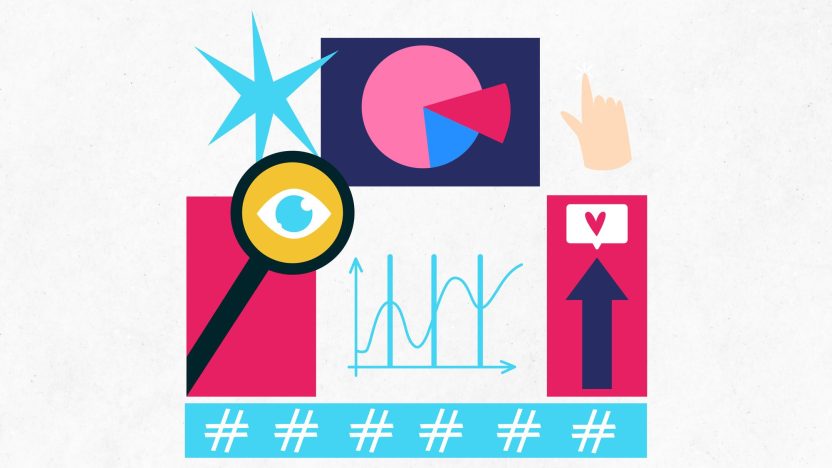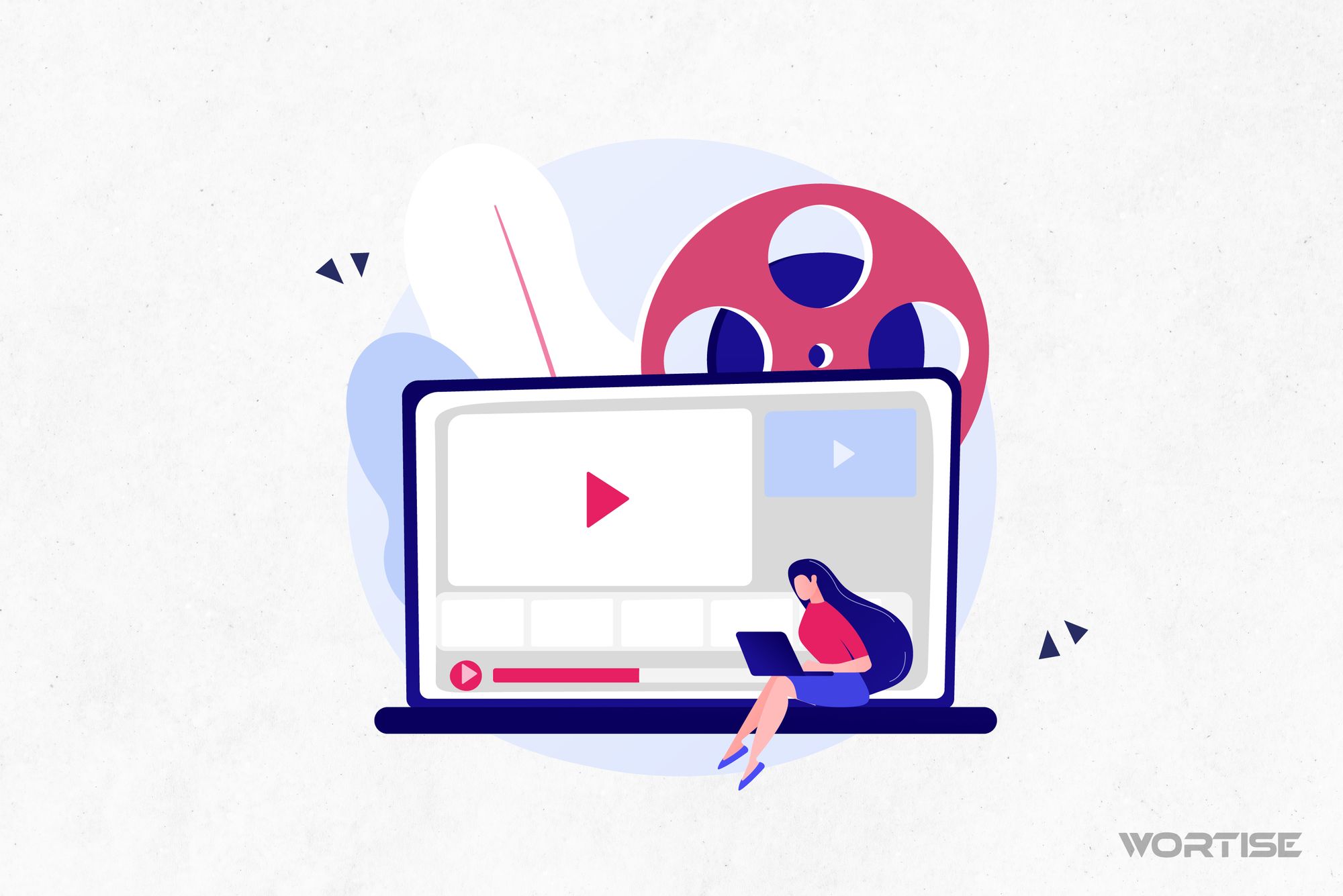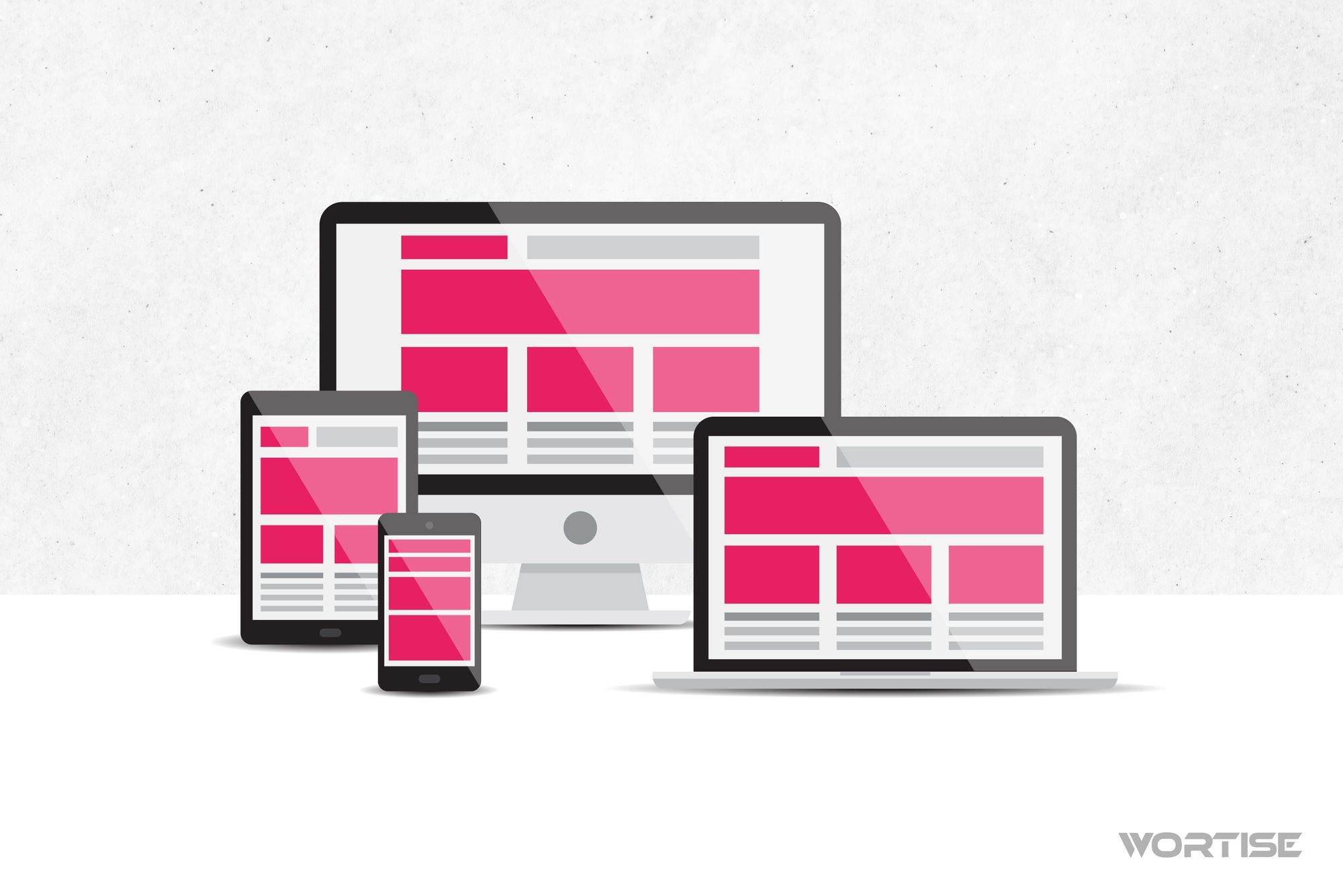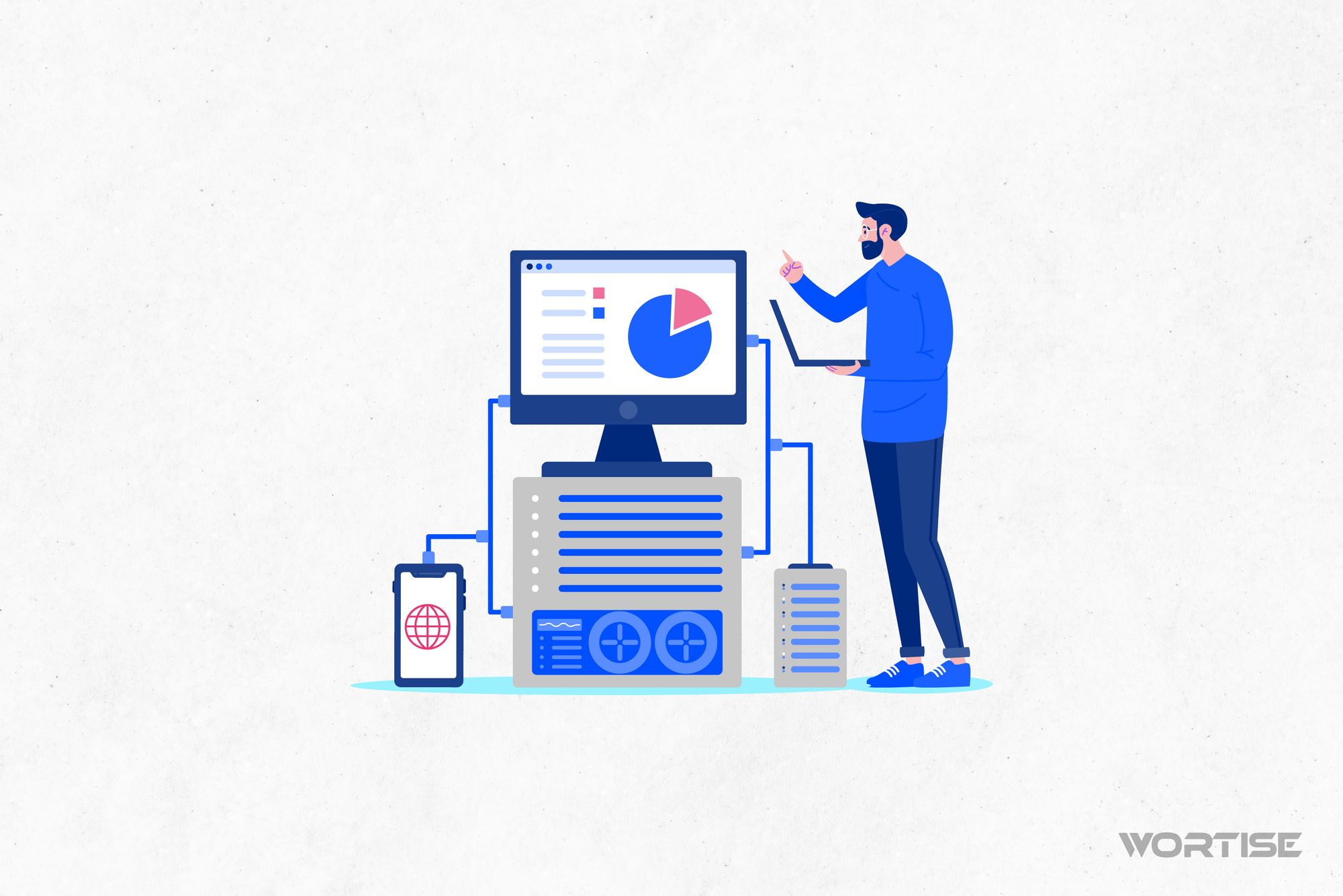More than 2 hours spent crafting a script with an engaging storytelling for your ad, dealing with creative blocks that make you doubt yourself. Video editors awake until 2 am creating a hyper creative ad. Strategists losing their minds designing the best in-app advertising campaign. Maybe users won’t ignore your ads if they know all the effort behind them. But until that day comes, we must be proactive and work on our Ad Viewability.
What’s our next step? To solve a problem, we must first understand it thoroughly. By the end of this post, you will comprehend everything about Ad Viewability and the tools and strategies that we, as publishers, have to maximize the impact of our ads.
What is Ad Viewability?
Imagine you’re browsing your favorite website and suddenly notice an ad in a corner or on the side of the screen. Have you ever wondered if those people visiting the site actually see these ads? That’s exactly what Ad Viewability addresses!
Ad Viewability is a metric that quantifies the number of times an online ad is truly viewed by users who enter a web page.
For an ad to be considered visible, it must meet certain criteria. Generally, it is required that at least 50% of the ad be visible on the user’s screen for at least one second. This ensures that ads have the opportunity to capture users’ attention and convey their message effectively.
My ad’s visibility is considerably low, what could be happening?
Suppose you have a really cool ad and want many people to see it, but you realize that the visibility score is low. What could be happening? Here are the possible reasons:
1. Inadequate positioning:
The positioning of the ad on a web page is very important for its visibility. If the ad is in a less visible location or outside the main viewing area, users are less likely to see it. For example, ads that are usually located at the bottom of the page may go unnoticed, especially if users don’t scroll to that section. It’s vital to place ads in strategic parts where they are more likely to catch users’ attention, such as areas near relevant content on the page.
2. Ad size:
Ad size plays a significant role in its visibility and effectiveness. A too small ad can be easily overlooked by users, especially if there are other elements on the page that may affect its visibility. It’s important to ensure that the ad is appropriately sized and noticeable enough to grab users’ attention without being intrusive or forced. Additionally, it’s recommended to use ad formats that integrate well with the design and content of the web page for more efficient integration.
3. Slow loading time:
The loading time of a web page is crucial for user experience and ad visibility. If a page takes too long to load, users may leave the page before they manage to see the ad you want to display on the screen. This can be due to various factors, such as poor web hosting, excessive multimedia content, or unoptimized code. It’s important to optimize the performance of the web page to ensure fast loading times that provide a better user experience for the user in question.
4. Irrelevant content:
Content relevance is key to capturing users’ attention and increasing ad visibility. If the ad is not related to the content of the web page or has nothing to do with the user’s interests, it is more likely to be ignored or overlooked. In any case, it’s necessary for ads to be targeted to the right target audience and be relevant to the context or moment in which they are displayed. This can increase the likelihood of users interacting with the ad and improving its visibility.
5. Ad blockers:
The increasingly common use of ad blocking software can affect the visibility of online ads by preventing them from loading or displaying correctly. Users who use ad-blocking programs won’t be able to appreciate them at all, significantly reducing their visibility. It’s important to consider this detail for publishers who resort to online advertising and thus prevent cases where there are users who use ad blockers.
6. Ad format:
Ad format can influence its visibility and impact on users. Some ad formats, such as pop-up ads or interstitial ads, can be very annoying to users, leading to lower visibility. It’s important to choose ad formats that are respectful of the user experience and that integrate naturally with the content of the page. This can increase the likelihood of users having a positive impact with the ad and improving its visibility.
7. Slow internet connection speed:
A slow internet connection can also affect the visibility of online ads. This can cause the web page to load more slowly than usual, which in turn can affect ad loading. If these don’t load quickly, it’s likely that users won’t see them or will move to another page before they are fully displayed. Thus, everything would result in low visibility of the ads that may be negatively affected by this problem that many of us are tired of.
6 ways to improve your Ad Viewability
1. Place your ads strategically:
Ad placement on your website is crucial to ensure its visibility. Make sure to place them in spaces where users are most likely to spend time reading, such as near the main content or in easily accessible places. You can also consider using analytics tools to identify high-traffic areas on your site and place your corresponding ads there.
2. Improve your ad design
Your ad design must be engaging and disruptive to your audience, as they are surrounded by many distractions and users are used to scrolling non-stop. Use eye-catching colors, high-quality images, and clear and concise text that captures users’ attention. It’s also fundamental to highlight that your ad design should be consistent with the brand and style of your website to achieve a more suitable user experience.
3. Optimize your website’s loading speed
Users typically tend to leave pages that take too long to load, reducing the chances of them seeing your ads. Optimize your website by removing unnecessary elements, compressing images, and using a good web hosting service to ensure fast loading times. This way, it increases the likelihood of your website loading quickly and thus the ads contained therein can be observed by users.
4. Create ads that appeal to your target audience
All the ads you use must be targeted to a specific target audience to increase the visibility of all of them. Make sure your ads can generate some interest in your audience and are related to the content of the web page on which they are displayed. You can use audience segmentation and content personalization to display ads that resonate with your users’ interests and needs.
5. Experiment with multiple ad formats until you find the ideal one
Choose ad formats that are appealing and integrate well with your website’s design. Avoid ads that are uncomfortable for users, as this can have a negative impact on your UX and significantly reduce the visibility of your ads. Experiment with different ad formats and perform A/B tests to identify which ones work best for your audience.
6. Measure and analyze the results
Keep constant track of your ads’ performance and analyze the data to identify areas for improvement. It’s recommended to use analytics tools to assess metrics such as click-through rate, conversion rate, and time spent on the web page.
Tools to maximize your Ad Viewability
Here are some tools that can help you with ad display:
Google Analytics
It’s one of the most popular and powerful tools for measuring your ads’ performance! It provides you with detailed information about your website’s traffic, including the number of visitors, bounce rate, time spent on the page, etc.
Google Ads
If you’re using Google Ads to create ads, this platform also offers built-in tools to measure the visibility of these ads! You can view metrics such as click-through rate (CTR), average position, impression share, and quality score to evaluate the performance of your ads and make adjustments as necessary.
Third-Party Analytics Tools
In addition to the tools provided by advertising platforms, there are also various third-party analytics tools available that can be very helpful in measuring the visibility of your ads across multiple channels. Some options may include Adobe Analytics, Mixpanel, or Matomo.
Tips for Publishers to Ensure Efficient Ad Viewability
Carefully evaluate ad placement:
When placing ads on your website, take the time to analyze where it would be best to position them. What are the areas that offer good visibility without bothering users accessing the page? Think of strategic sites that can capture attention without being too invasive.
Control ad frequency:
It’s tempting to fill your website with a large number of ads to increase your revenue, but be careful! Too many ads can be overwhelming and distract your users. Try to maintain a proper balance between ads and content to ensure a comfortable experience for users.
Constantly test and adjust:
The key to success is adaptability. Conduct periodic tests to verify how your ads are performing and make adjustments as necessary. Observe how your users respond and make changes to improve their experience on your website.
Optimize for mobile devices:
According to El País newspaper, 91.5% of internet users access the internet via a mobile device. Therefore, ensure that your ads and website have a responsive design. Go to your site and answer these questions: How are your ads appreciated on screens of different sizes? Can you easily interact with them? Is the message cut off?
Collaborate with your closest advertisers:
Establishing open and collaborative communication with your advertisers can make a big difference in ad visibility. Why not have a meeting to discuss their goals and expectations? By understanding their needs, you can adjust the placement and format of the ads to ensure they stand out and have a greater impact on your audience.
Follow rules and regulations:
Don’t get into trouble! Make sure to comply with advertising visibility standards and regulations established by entities such as the Interactive Advertising Bureau (IAB). Stay up-to-date with international regulations to ensure that your advertising practices are ethical and legal.
Focus on what you love: coding. We take care of 100% of monetizing and maximizing your app’s earnings with programmatic advertising.
At Wortise, we help you maximize your earnings from day one with the highest eCPM in the market (double what Google Admob gives you). Connect to over 100 Ad Networks, get premium advertisers without affecting your users’ experience, and increase your revenue with selective, clean, and multi-format ads.
Plus, you have personalized support in Spanish to resolve any doubts about in-app monetization.




